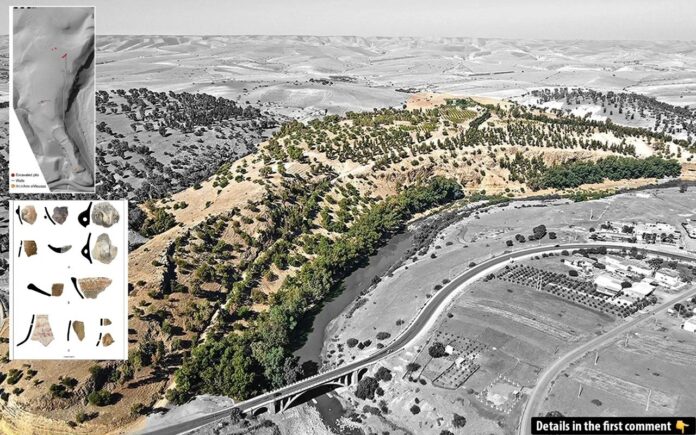In the heart of Morocco’s Maghreb region lies a groundbreaking discovery that is rewriting the story of North African prehistory. The archaeological site of Oued Beht, dating back over 5,000 years, has unveiled the oldest agricultural complex in Africa outside the Nile Valley. This ancient settlement, thriving between 3400 and 2900 BCE, challenges long-held assumptions about the region’s past and highlights its critical role in shaping Mediterranean societies during the Neolithic period.
Unearthing the Oldest Agricultural Complex in Africa
The Oued Beht site is nestled between the Mediterranean Sea and the Sahara Desert, a strategic crossroads for cultures and civilizations. Excavations led by an international team of archaeologists have uncovered an abundance of artifacts, including domesticated plant and animal remains, pottery, and stone tools. These findings reveal a highly organized farming society that cultivated crops like barley, wheat, olives, pistachios, and peas. Livestock, including sheep, goats, pigs, and cattle, also played a central role in their economy.
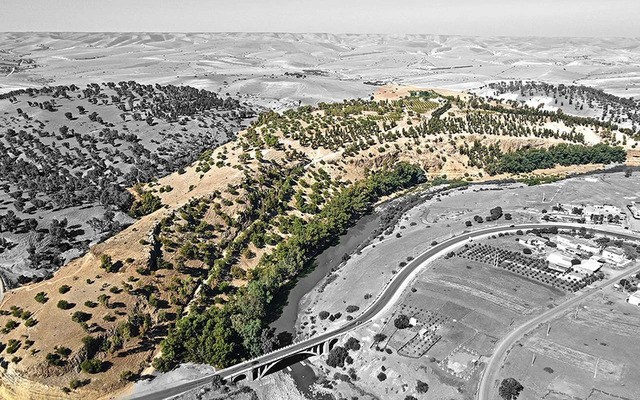
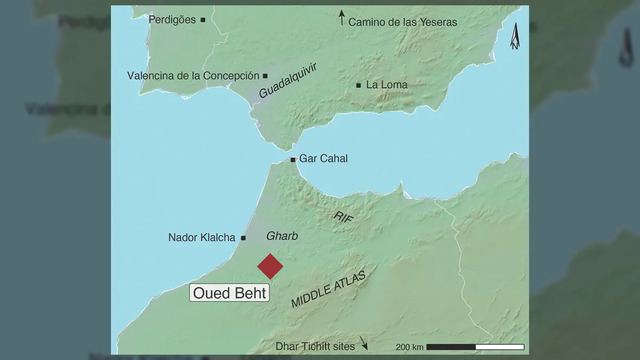
Among the most striking features of the site are extensive storage pits, indicating advanced agricultural practices and the ability to produce and store surplus food. This level of sophistication suggests that Oued Beht was a thriving settlement, comparable in size and complexity to Early Bronze Age Troy. The sheer volume of artifacts, including elaborately decorated pottery and polished stone tools, paints a vivid picture of a vibrant and prosperous community.
Explore the remains of an unknown 5,000-year-old farming society discovered in Morocco – watch the video to uncover the secrets of this ancient civilization and its agricultural practices!
Daily Life of a 5,000-Year-Old Farming Society
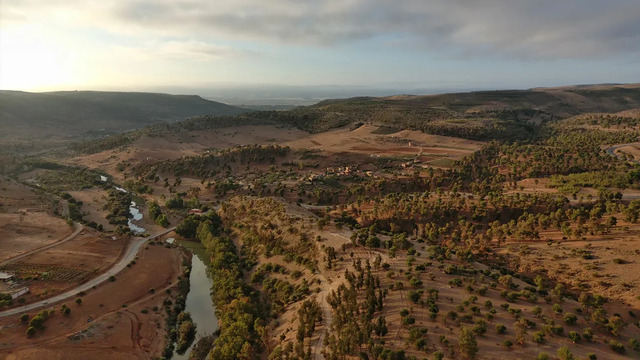
Life at Oued Beht revolved around agriculture, with evidence pointing to a well-established system of food production and storage. Barley and wheat formed the staple crops, while olives and pistachios provided additional sustenance and trade goods. The society’s ability to cultivate these crops in an arid landscape speaks to their ingenuity and adaptability.
Livestock farming complemented crop cultivation. Sheep, goats, pigs, and cattle were reared not only for meat but also for milk, wool, and labor. The integration of plant and animal farming highlights a holistic approach to resource management that supported a growing population.
Archaeological evidence also reveals a community skilled in craftsmanship. Thousands of stone tools, such as axes and sickles, suggest specialized labor and the development of trade networks. The pottery shards found at the site, many of them intricately designed, reflect both functional use and artistic expression.
Trade and Connectivity in the Neolithic Era
The discoveries at Oued Beht offer compelling evidence of extensive trade and cultural exchange across the Mediterranean. Artifacts such as ivory and ostrich eggshells, which have been found in Europe, suggest North African societies like Oued Beht played a pivotal role in these exchanges. The Strait of Gibraltar likely served as a key gateway for trade, connecting the Maghreb to the Iberian Peninsula and beyond.
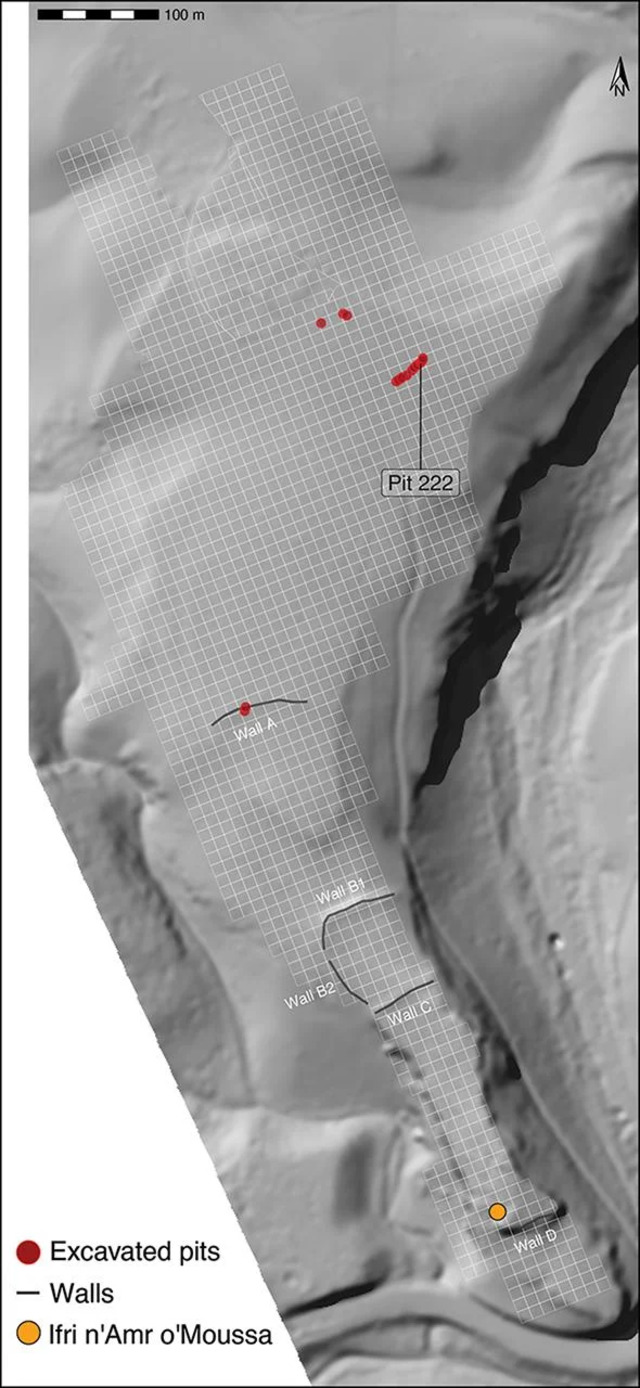
The presence of similar storage pits in both Morocco and Iberia further supports the idea of significant interaction between these regions. These connections facilitated not only the exchange of goods but also ideas and technologies, enriching the cultural and economic fabric of the Neolithic Mediterranean world.
The Archaeological Significance of Oued Beht
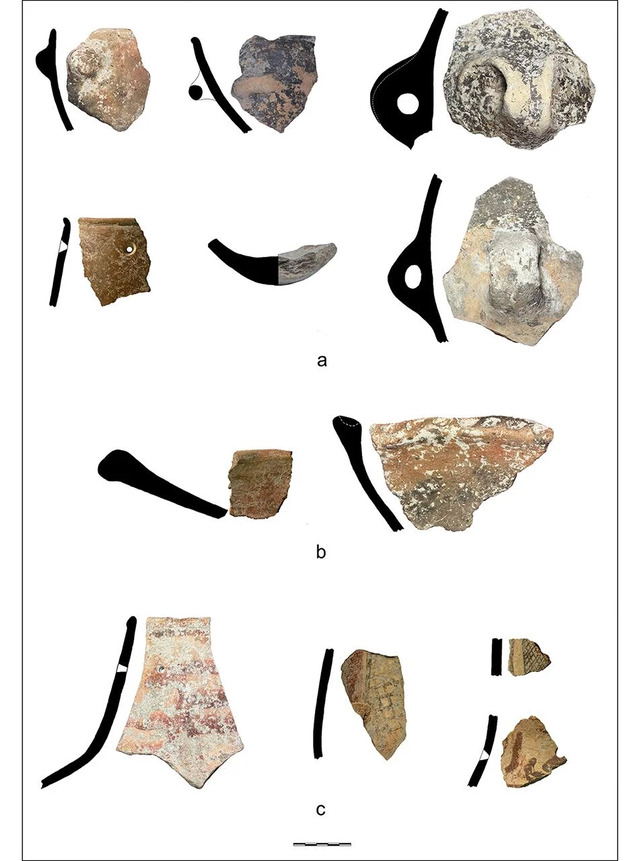
The scale and complexity of Oued Beht make it one of the most significant archaeological discoveries in North Africa. The site’s comparison to Early Bronze Age Troy underscores its importance in understanding settlement patterns and societal organization during the Neolithic period. The advanced craftsmanship evident in the pottery and stone tools highlights the sophistication of this ancient community.
Furthermore, the discovery challenges the long-held narrative that North Africa during this period was dominated by nomadic pastoralists. Instead, Oued Beht reveals a settled agricultural society with complex social structures and economic systems. This new perspective underscores the region’s central role in the broader development of Mediterranean civilizations.
A Melting Pot of Cultures
One of the most fascinating aspects of Oued Beht is its cultural diversity. Genetic studies suggest that the inhabitants of the site included traditional pastoralists from the Sahara, migrants from the Iberian Peninsula, and people from the Middle East. This blending of cultures created a unique melting pot that contributed to the society’s development and resilience.
The site also provides evidence of North Africa’s transition to a fully Neolithic society. The integration of farming, trade, and cultural exchange at Oued Beht reflects a broader trend of interconnectedness during the later fourth and third millennia BCE. This interconnectedness laid the groundwork for the region’s continued influence in Mediterranean history.
Implications for Mediterranean Prehistory
The discoveries at Oued Beht have far-reaching implications for our understanding of Mediterranean prehistory. By demonstrating that North Africa was home to advanced farming societies, the site challenges Eurocentric narratives that have often overlooked the region’s contributions to early civilization.
The evidence of trade and interaction across the Strait of Gibraltar highlights the interconnected nature of Mediterranean societies. Oued Beht serves as a reminder that the development of civilization was a shared endeavor, with contributions from diverse regions and cultures. This new understanding of North Africa’s role in Mediterranean history opens the door to further research and exploration.
The Future of North African Archaeology
The discovery of Oued Beht marks the beginning of a new chapter in North African archaeology. The site’s significance underscores the need for continued research and excavation in the region. Future studies may uncover additional settlements and artifacts, further illuminating the lives and legacies of Neolithic societies.
Collaboration between international researchers and local institutions, such as Morocco’s National Institute of Archaeological Sciences and Heritage (INSAP), is essential for advancing our understanding of the region’s prehistory. The findings at Oued Beht highlight the potential for groundbreaking discoveries that reshape our view of the ancient world.
Conclusion: The Legacy of Oued Beht
Oued Beht stands as a testament to the ingenuity and adaptability of early farming societies in North Africa. From its advanced agricultural practices to its role as a hub of trade and cultural exchange, the site offers invaluable insights into the interconnectedness of Neolithic civilizations.
As archaeologists continue to uncover the secrets of Oued Beht, its legacy grows, reminding us of the shared human story that binds us across time and space. This remarkable discovery not only enriches our understanding of the past but also inspires a deeper appreciation for the complexity and diversity of our ancient world.
